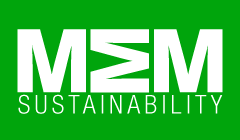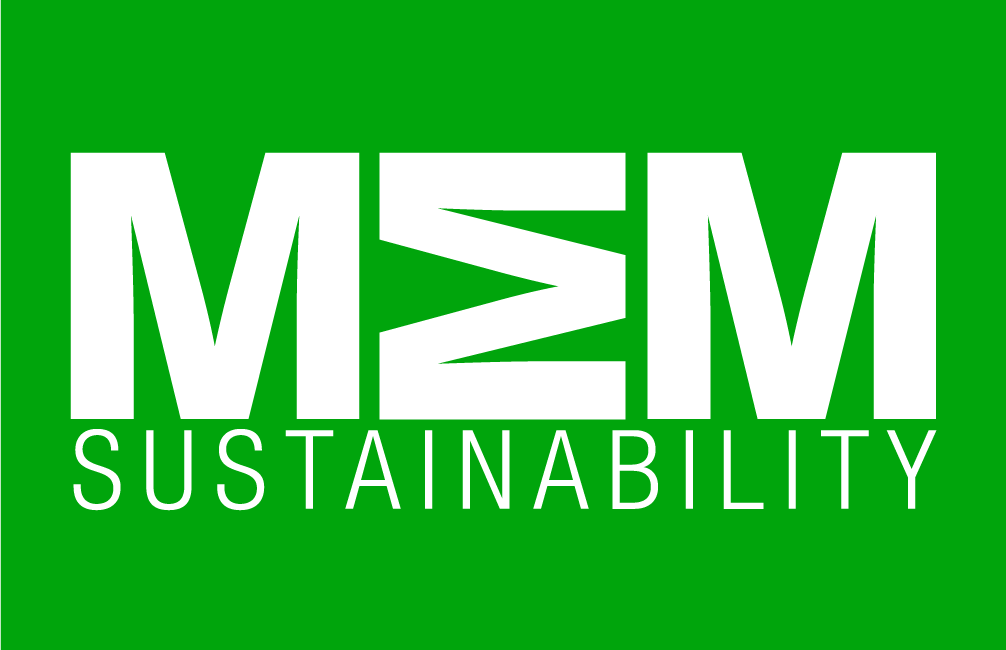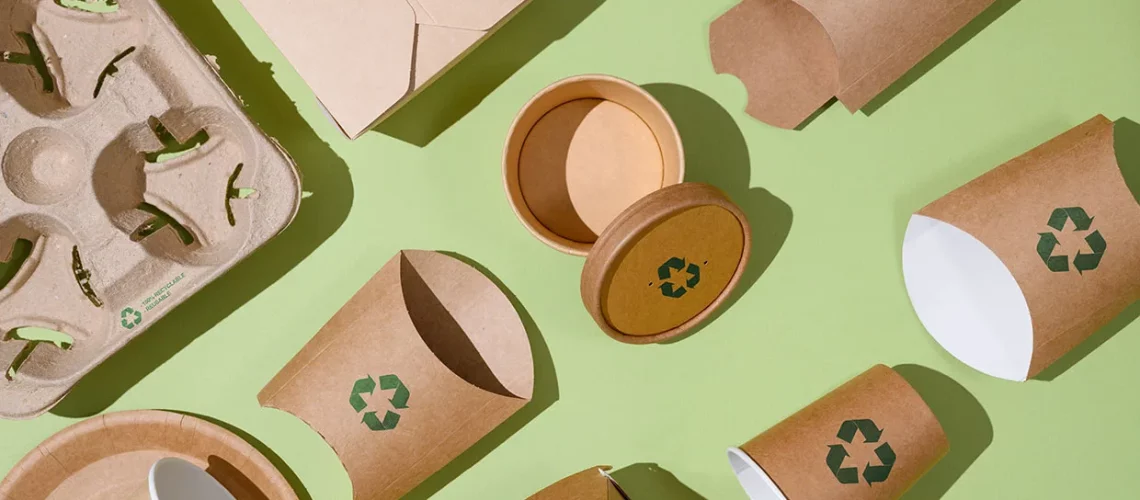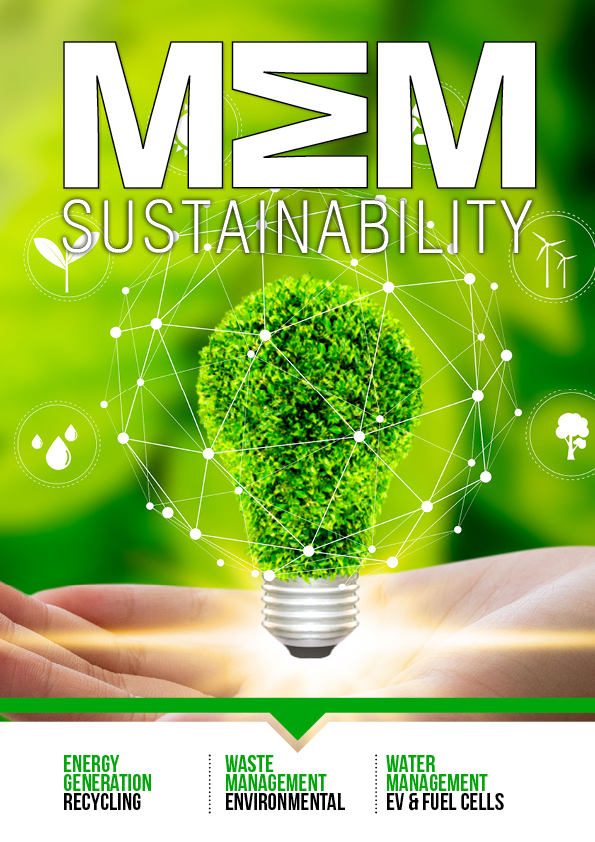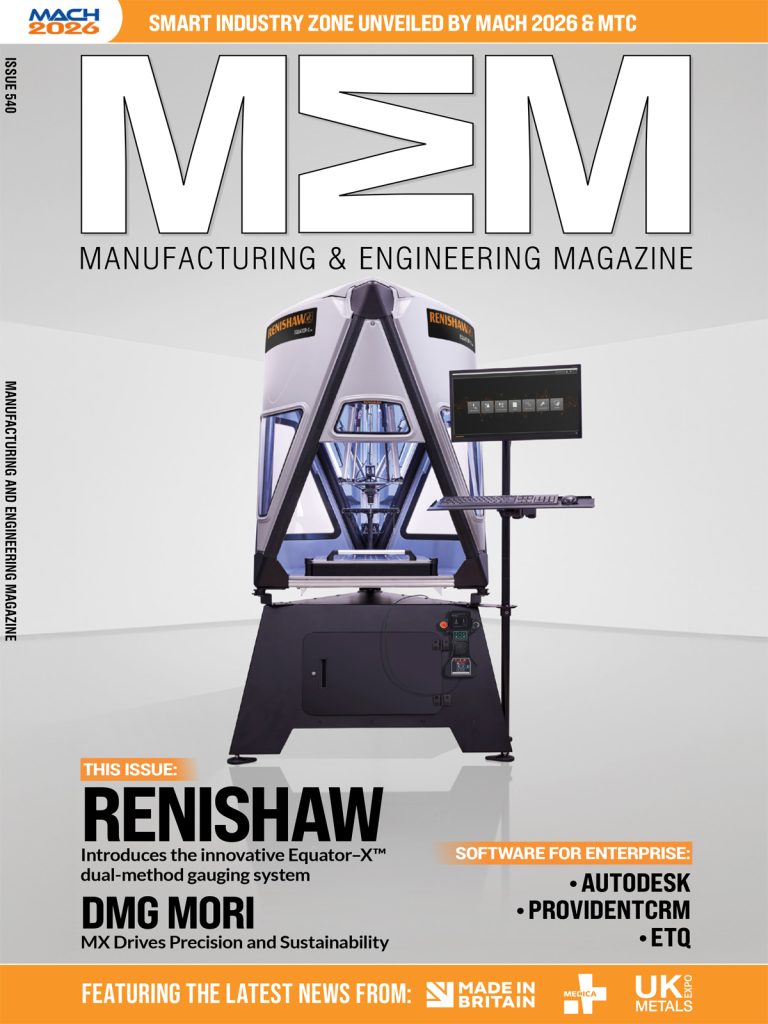Manufacturers are navigating a landmark change within the UK government’s Resources and Waste Strategy – Extended Producer Responsibility (EPR).
Yes, the new requirements are extensive – but they’re driving one of the most significant shifts in responsibility and accountability the industry has ever seen.
The biggest misunderstanding around EPR is that it adds an extra layer of cost and complexity for UK manufacturers.
But EPR is designed to do much more. The framework not only reshapes how packaging waste is managed, but promisingly creates new opportunities for businesses to CUT costs, innovate and strengthen sustainability strategies.
For many businesses, the steepest learning curve so far has been understanding what they must pay under EPR.
A producer might think they either pay existing Packaging Recovery Note (PRN) costs OR new disposal fees under PackUK. But some must pay both (depending on their role in the packaging chain).
At first glance, that can feel confusing. But with the right expertise, data, and support – then embedding that understanding to move forward confidently – manufacturers will unlock long-term efficiencies and greener outcomes.
What is a Packaging Recovery Note (PRN)?
A PRN is proof that a tonne of packaging waste has been recovered and reprocessed or exported for reprocessing.
PRNs and Packaging Waste Export Recovery Notes (PERNs) help businesses comply with legislation by ensuring packaging placed on the UK market is offset with recycling targets. Meanwhile, disposal fees set via PackUK cover household packaging, public bins and glass drinks containers.
For businesses above the £2 million turnover and 50-tonne threshold, whether brand owners, importers or packers/fillers – both PRNs and disposal fees may apply.
How significant are these combined costs?
Combined costs vary by manufacturer based on the amount and type of packaging handled but can range from £1,000 to £50 million. Budgeting for EPR fees requires detailed data analysis. This is where partnering with a waste management company – with experts that can deliver accurate reporting and alleviate the administrative burden – can be game-changing.
Staying ahead of new requirements
One of the biggest recent developments is the Recycling Assessment Methodology (RAM).
Producers handling household packaging must complete recyclability assessments using a red, amber, green scoring system. They should prepare now to either submit directly to the Environment Agency (EA) or via their schemes – that means getting (robust) manufacturing data in order, contacting suppliers and checking specifications.
This system is new and evolving, but ultimately designed to help producers make more informed choices about sustainable packaging.
While the pace of updates may feel fast with RAM already in version 1.1, it’s also an opportunity to engage early, build confidence in reporting, and shape future improvements. Biannual reporting, increased guidance and greater scrutiny from the EA underline the importance of getting data right – but also ensure the system rewards accuracy and transparency.
Indeed, food producer ABP’s Group Packaging Compliance Manager, Janet Harney, told us: “Our biggest challenge has been navigating the legislation – trying to understand exactly what applies to us, and how, then gathering that data together.”
The simplest route forward? Accessing a dedicated compliance team that can offer tailored advice, bolstered by technology such as our Smart365 platform, which automates reporting and keeps businesses aligned with the latest legislation. This combination turns complexity into clarity.
Janet continues: “The best support we’ve had is a point of contact we can reach out to and ask “can I check – is this right? Am I understanding correctly?”. Being able to pick up the phone to somebody who can answer those questions straight away has been a great solution.”
The positive impact of EPR
EPR fundamentally shifts the cost of packaging waste away from taxpayers and towards the businesses that introduce it encouraging responsibility and innovation where it matters most.
Very soon, modulated fees will incentivise recyclable and sustainable packaging choices (2026), while PackUK funding will strengthen local authority kerbside collections (2025). These steps will not only make recycling easier for households but also give producers a tangible financial reason to adopt greener packaging.
Building confidence through clarity
For manufacturers balancing supply chain pressures and skills challenges, EPR may initially feel like “one more thing.” But with the right support, it becomes a chance to futureproof operations, strengthen sustainability strategies, and build stronger connections with customers who care about responsible packaging.
By acting early, working collaboratively, and embracing expert guidance, businesses can turn compliance into a competitive advantage. Clarity now means smoother operations, smarter decisions, and stronger environmental impact in the years to come.
Keen to hear what else manufacturers need to know about EPR and how to handle manufacturing waste more sustainably? Learn more here.
Manufacturing & Engineering Magazine | The Home of Manufacturing Industry News
